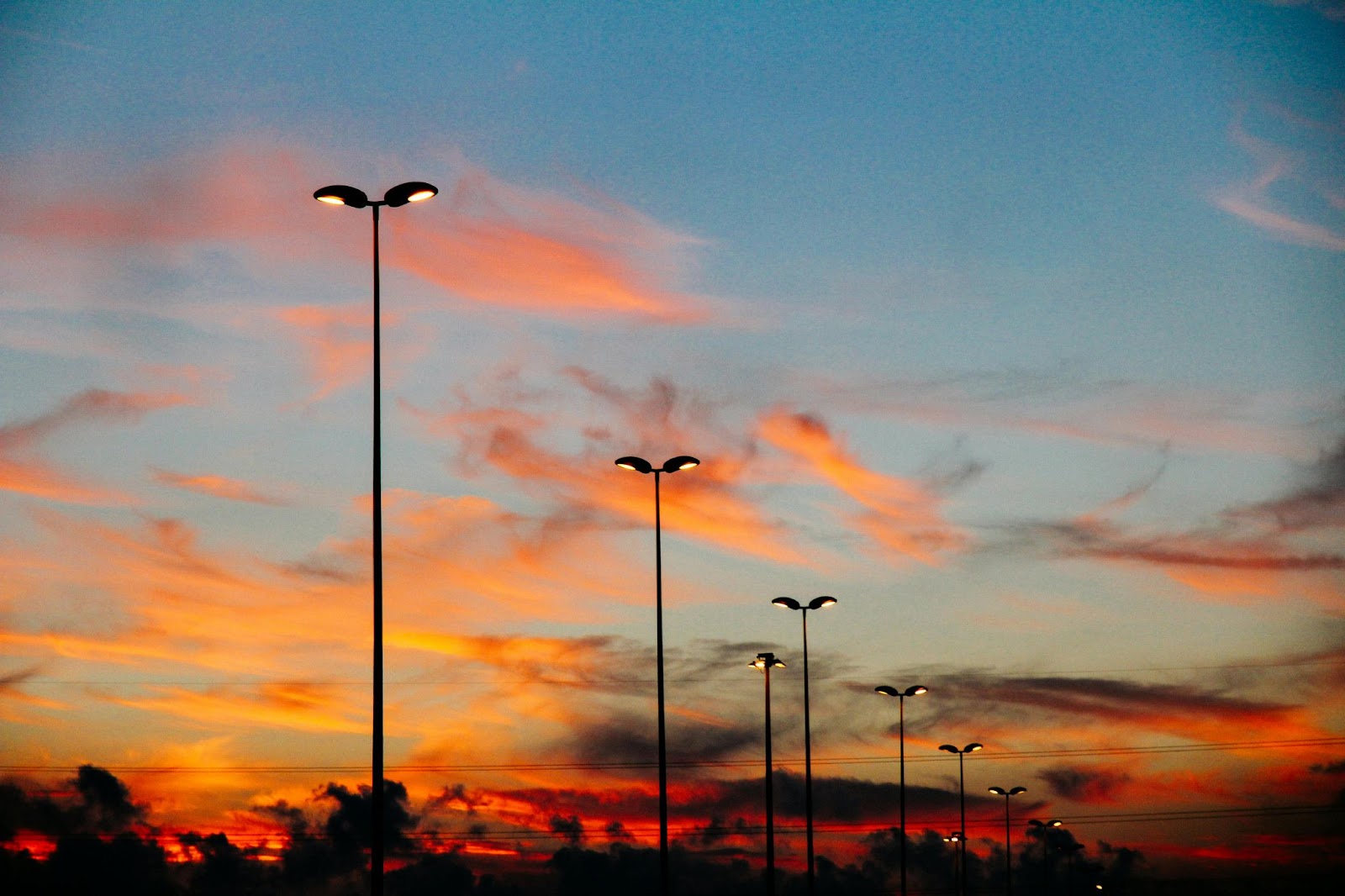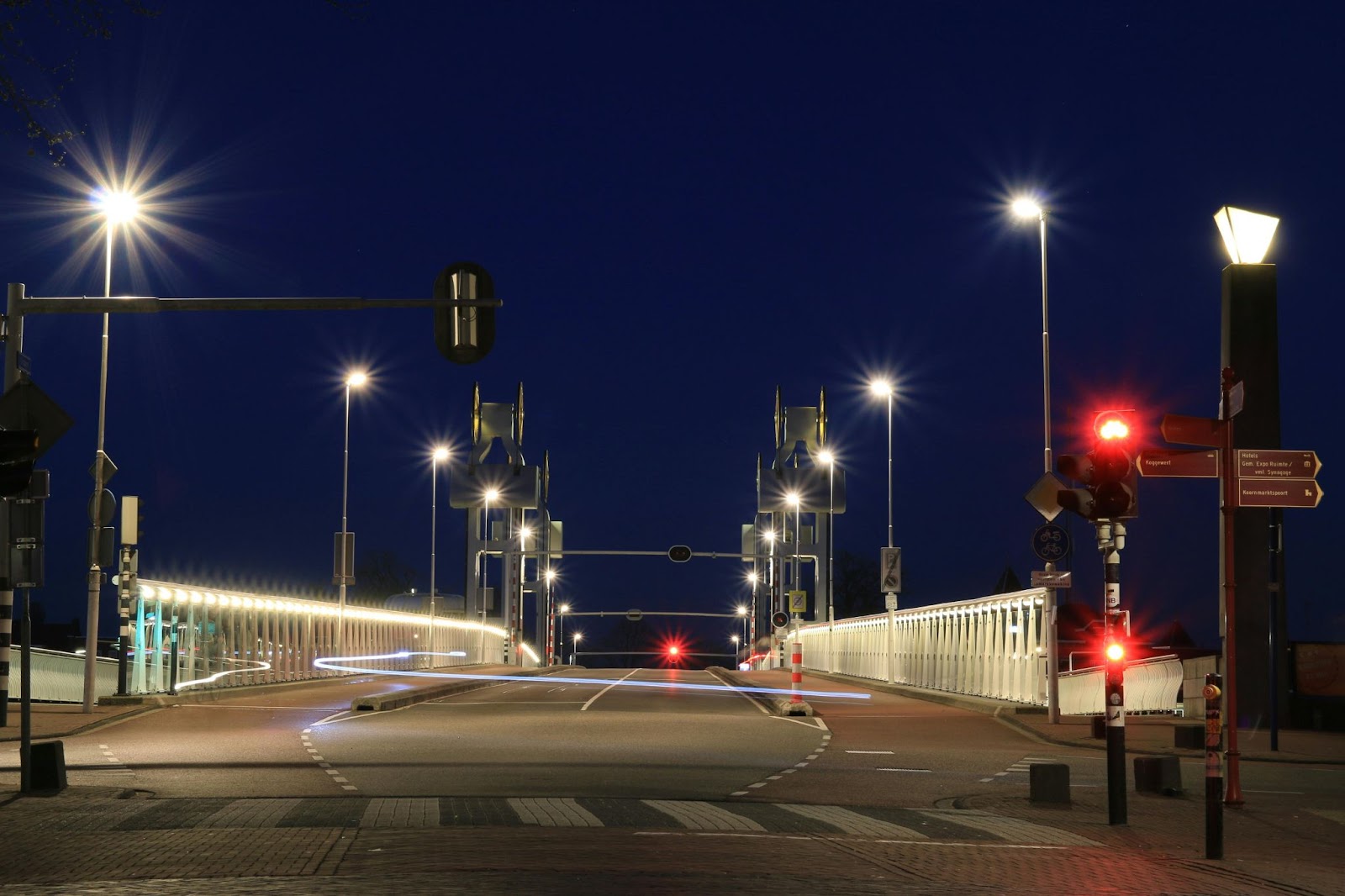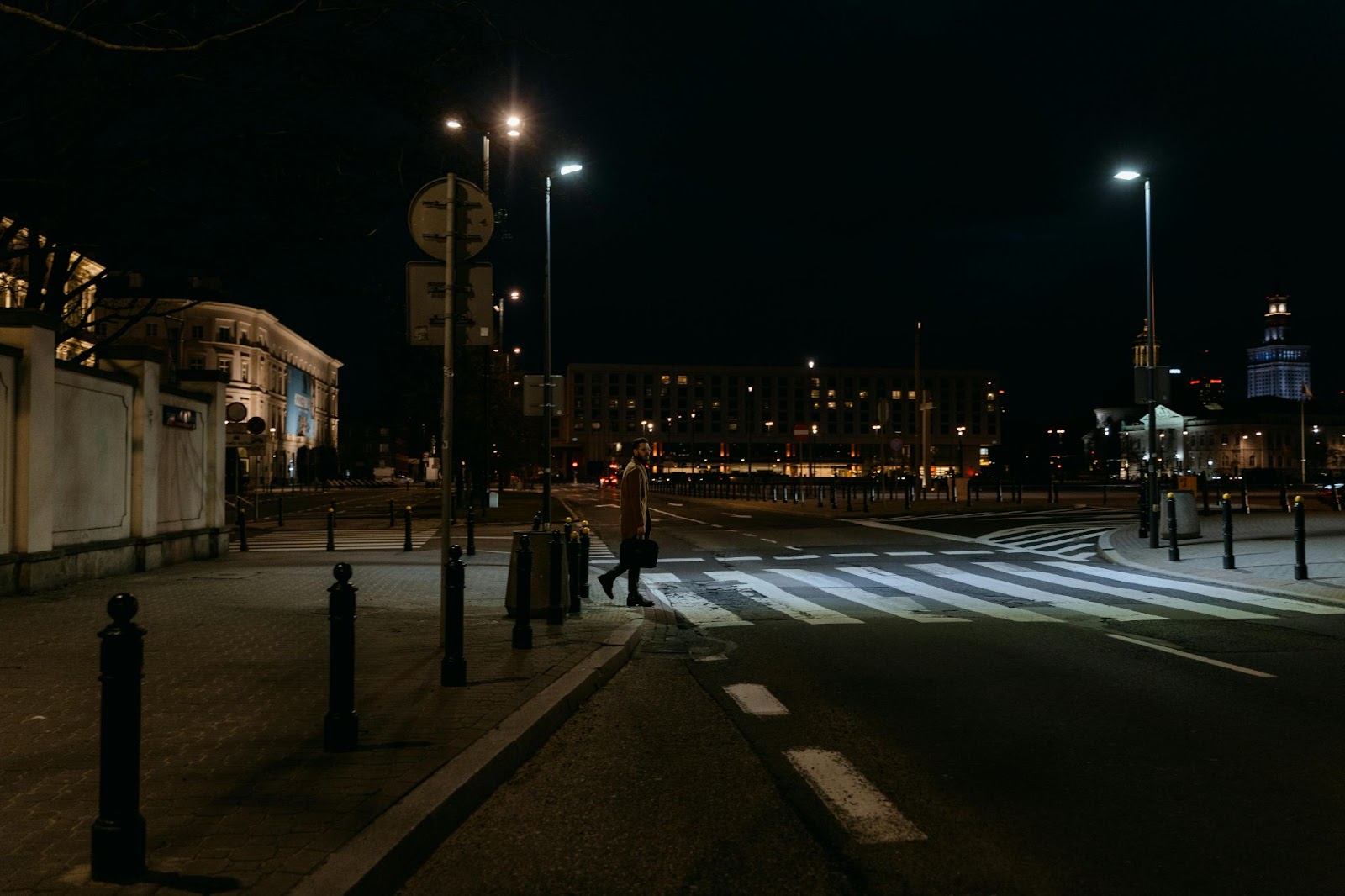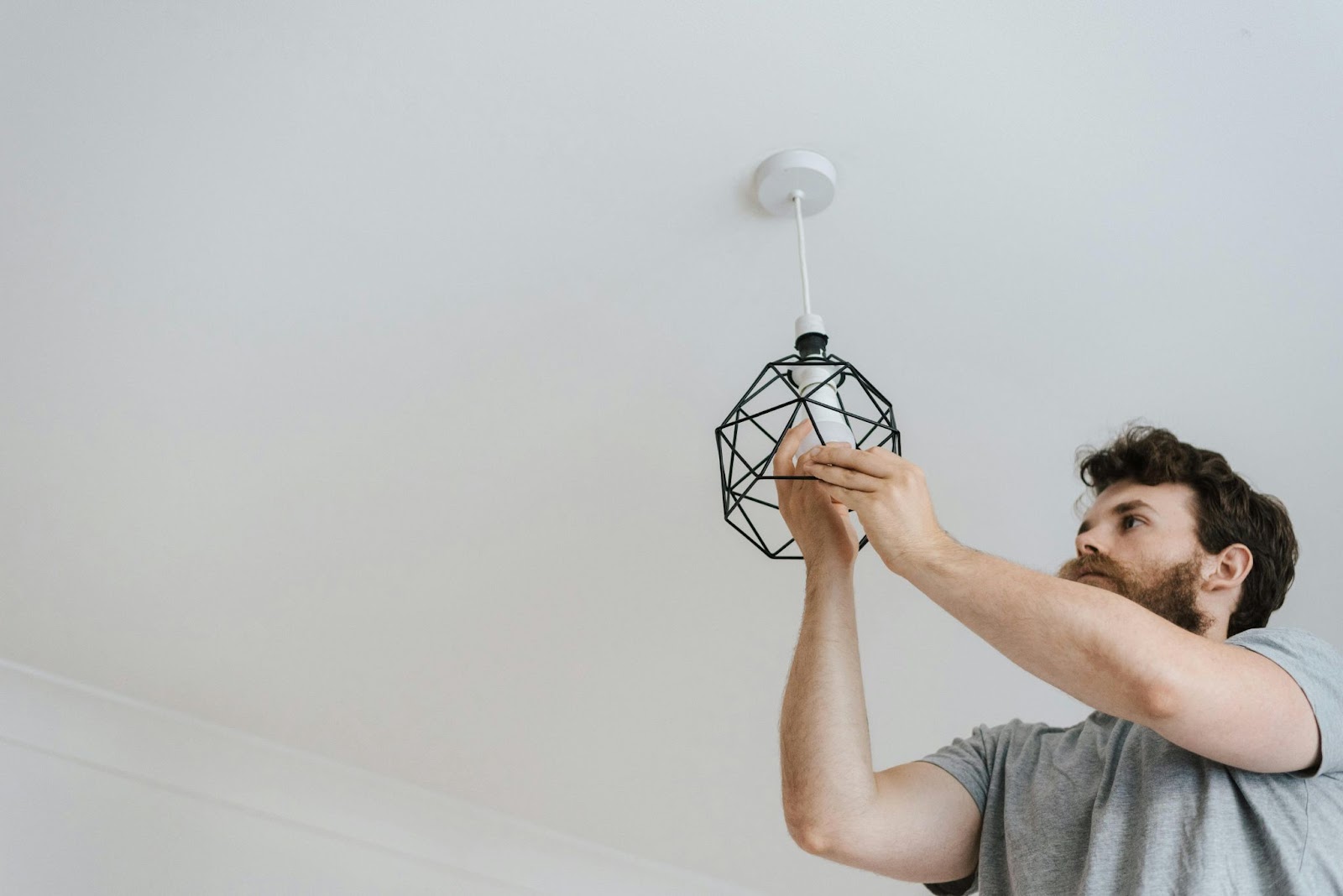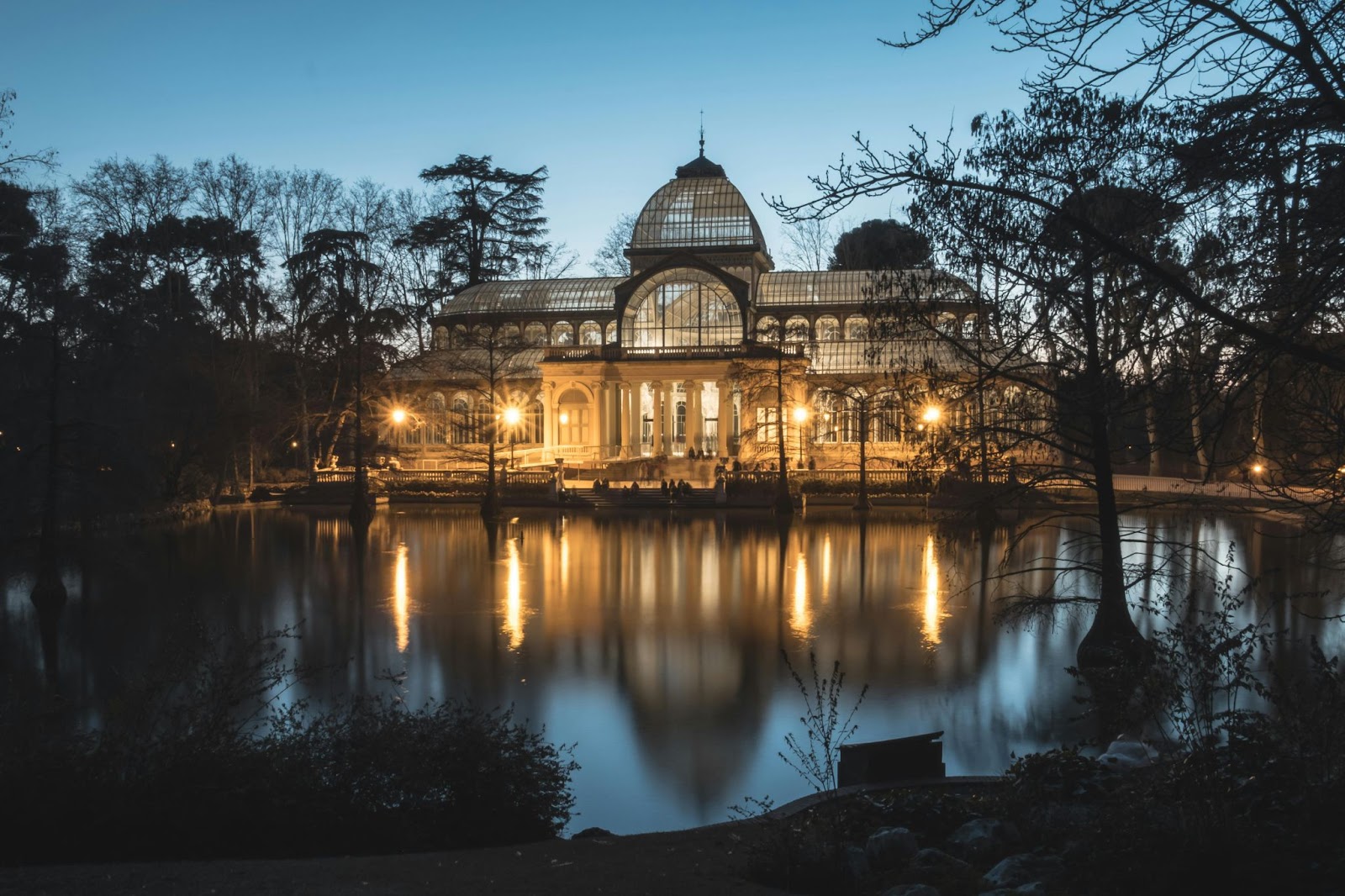LED lights offer superior energy efficiency, longer lifespan, lower heat emission, and better brightness control compared to halogen lights. While halogen lights may be more affordable initially, the long-term cost savings and performance benefits of LED lights make them a more cost-effective and sustainable lighting solution in the long run. Fun Fact While both halogen […]
LED lights offer superior energy efficiency, longer lifespan, lower heat emission, and better brightness control compared to halogen lights.
While halogen lights may be more affordable initially, the long-term cost savings and performance benefits of LED lights make them a more cost-effective and sustainable lighting solution in the long run.
While both halogen and LED lights serve as effective lighting solutions, LED lights offer significant advantages in terms of:
–Energy efficiency.
–Lifespan.
–Heat emission.
–Brightness control.
–Color rendering.
Homeowners and businesses looking to upgrade their lighting systems should consider the long-term benefits and cost savings associated with LED technology.
What are halogen light bulbs and LED?
Halogen light bulbs and LED (Light Emitting Diode) bulbs are both types of lighting technologies used for various applications, including residential, commercial, and outdoor lighting.
Halogen bulbs contain a tungsten filament enclosed in a small quartz envelope filled with halogen gas, while LED bulbs consist of semiconductor chips that emit light when an electric current passes through them.
Differences Between LED and Halogen Lights
In this section, we will explore the fundamental distinctions between LED (Light Emitting Diode) and halogen lights.
By understanding these differences, readers can make informed decisions when choosing between LED and halogen lighting options for various applications.
Energy Usage
LED lights are significantly more energy-efficient than halogen lights due to their distinct mechanisms of generating light.
LEDs convert a higher percentage of electrical energy into visible light, while halogen bulbs produce more heat than light due to their less efficient filament-based technology.
According to the U.S. Department of Energy, LED bulbs use up to 80% less energy than traditional halogen incandescent bulbs.
This makes them a more sustainable choice for lighting applications.
Wattage
LED bulbs typically have lower wattage ratings compared to halogen bulbs while producing equivalent or higher levels of illumination.
This is because LEDs operate at lower temperatures and do not require as much energy to produce light.
For example, a 10-watt LED bulb can provide the same amount of brightness as a 60-watt halogen bulb, demonstrating the efficiency of LED technology in terms of wattage.
Lifespan
LED lights have a much longer lifespan than halogen lights, lasting up to 25 times longer on average.
This is primarily due to the absence of a fragile filament in LED bulbs, which can break or degrade over time in halogen bulbs.
LED bulbs can last for tens of thousands of hours of operation, reducing the frequency of bulb replacements and associated maintenance costs.
Heat Emission
Halogen bulbs emit a significant amount of heat during operation, while LED bulbs produce very little heat.
This is because LEDs generate light through a process called electroluminescence, which converts electrical energy directly into light without generating excess heat.
In contrast, halogen bulbs rely on resistive heating of a tungsten filament to produce light.
This results in the conversion of a large portion of electrical energy into heat.
Brightness Control
LED lights are dimmable by nature, allowing users to adjust the brightness level according to their preferences, while halogen bulbs require specific dimmer switches for dimming functionality.
This is because LEDs can vary their light output by adjusting the current passing through them, providing seamless and efficient dimming capabilities.
Halogen bulbs, on the other hand, may exhibit flickering or reduced dimming performance when used with incompatible dimmer switches.
LED vs. Halogen Brightness
This section delves into the comparative brightness aspects of LED and halogen lights, examining factors such as luminous efficacy, light distribution, color rendering, and consistency.
By tackling the differences in brightness between these two lighting technologies, you can gain insights into their respective performance characteristics and suitability for different lighting scenarios.
Luminous Efficacy
LED lights have a higher luminous efficacy compared to halogen lights, meaning they produce more lumens of light per watt of energy consumed.
This is attributed to the superior efficiency of LED technology in converting electrical energy into visible light.
According to the Illuminating Engineering Society (IES), LED luminaires typically achieve efficacies of 70 to 120 lumens per watt, whereas halogen lamps range from 10 to 35 lumens per watt.
Light Distribution
LED lights often have a more directional light distribution, allowing for better control over the direction and focus of the light beam, whereas halogen lights emit light in all directions.
This directional nature of LED lighting is advantageous for applications where precise illumination of specific areas is required, such as spotlighting or accent lighting.
Color Rendering
LED lights typically have a higher Color Rendering Index (CRI) compared to halogen lights, resulting in better color accuracy and vibrancy.
The CRI measures how accurately a light source renders colors compared to natural daylight, with higher CRI values indicating better color rendering capabilities.
LED lights with high CRI values (>90) are preferred for applications where color accuracy is critical, such as art galleries, retail displays, and photography studios.
Consistency
LED lights maintain their brightness and color consistency over time, while halogen lights may experience degradation in brightness and color quality as they age.
This is because LEDs have a solid-state construction with no moving parts or filaments that can degrade over time.
As a result, LED luminaires offer long-term reliability and consistent performance throughout their lifespan, ensuring uniform illumination and color consistency in various lighting applications.





